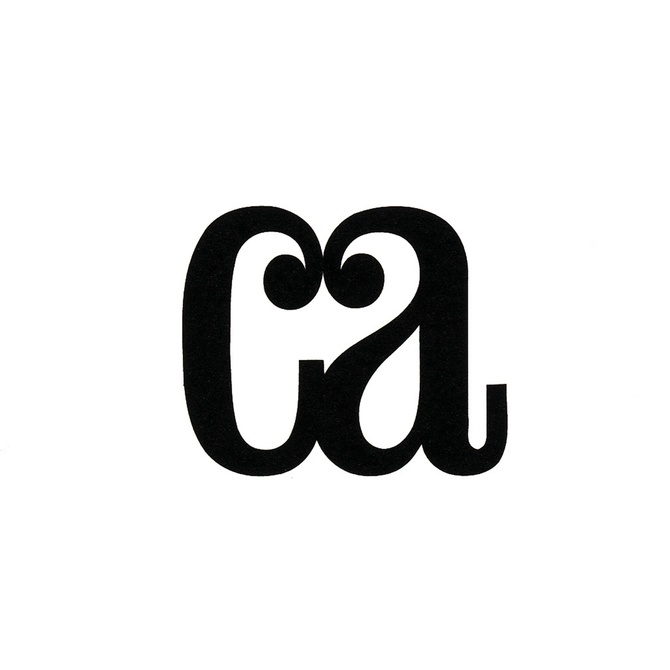 |
Julia Bryan-Wilson, “The Rake and the Furrow: The art of Sam Gilliam” Artforum, volume 62, number 3, November 23, 2023. Quotes Smarthistory video with Valerie Cassel Oliver and Steven Zucker. |
 |
Shea Spiller, “Interview with Beth Harris and Steven Zucker” Kress News, November 23, 2023. |
|
Rhea Nayyar, “Reframing Art History Through a BIPOC Lens,” Hyperallergic, August 22, 2023. |
|
 |
Pam Kragen, “Timken Museum to open video installation inspired by Rembrandt’s ‘The Night Watch,’” The San Diego Union–Tribune, February 25, 2023. |
|
Iris Gilad, “Meet the Humans Behind Digital Humanities,” Digital Art History Society, January 25, 2023. |
|
 |
“Rethinking the Legacy of Marion Sims,” Equal Justice Initiative news article links to Smarthistory video about Michelle Browder’s sculpture, Mothers of Gynecology, and uses Smarthistory photography, January 9, 2023. |
 |
Katherine Van Arsdale, “Smarthistory,” College & Research Libraries News, American Library Association, 83:10, November 1, 2022, page 463. |
 |
Smarthistory on the “Open Minds Podcast,” from Creative Commons with Ony Anukem, October 4, 2022. |
 |
Sarah Kuta, “Subjected to Painful Experiments and Forgotten, Enslaved ‘Mothers of Gynecology’ Are Honored With New Monument,” Smithsonian Magazine, May 11, 2022; all four photographs by Steven Zucker, Ph.D. for Smarthistory. |
 |
Valerie Tate, “Calling all Art Enthusiasts!,” Getty News & Stories, March 28, 2022. |
 |
Rosalind Bentley, “The Mothers of Gynecology’ remembered in Montgomery monument,” Atlanta Journal Constitution, February 20, 2022. |
|
“As we learn from Dr. Lauren Kilroy-Ewbank on the Smarthistory website, it drew on the Byzantine, Venetian, and Spanish worlds he knew to offer contemporary viewers a cogent moral exemplum.” |
|
“Beth and Steven have not just democratized art history education in profound ways, they’ve helped democratize art itself,” says Sal Khan, founder of the Khan Academy. “Their conversational tone and humor backed by their depth of knowledge has allowed millions — including myself — feel like they, too, can be part of the conversation in the art world.” Sebastian Smee, “How two professors transformed the teaching of art history” The Washington Post, May 3, 2020. |
|
|
|
“In pleasingly reverent whispers, Dr Steven Zucker and Dr Beth Harris take you inside the Sainte-Chapelle on a scholarly but accessible YouTube tour. Models, maps, manuscript illuminations and filmed footage of the stained-glass windows recreate the interior of this royal chapel commissioned by King Louis IX and completed in 1248 as a glorious reliquary to house the Crown of Thorns. You can almost smell the incense….I couldn’t get enough of these videos.” |
|
“If you want to learn a little — or a lot … Smarthistory [has] terrific short videos about major artworks and bigger topics within art history….You could lose yourself in these for months, if not years. It’s all easily available online and free.” Sebastian Smee, “So you’re stuck at home. Here’s a guide to finding great art while in isolation.” The Washington Post, March 18, 2020. |
|
 |
“In modeling this process of meaning making on so many levels—in YouTube conversations, between a work of art and a viewer, or between instructor and peers—SmartHistory.org has radically shifted the boundaries and possibilities of art history research and scholarship.”
Michelle Millar Fisher, “Smarthistory.org,” College Art Association Reviews, May 23, 2018. |
 |
“Realizing both the value of openly licensed textbooks—not just cost-savings to students, but also content collaboration—and the reach of MOOCs, is Smarthistory, a leading resource for the study of art and cultural heritage.” Patrick Masson, “Smarthistory: No grand strategies needed, just openness” Open Source, May 2, 2016. |
 |
The Smarthistory videos, which are paired with articles and contributions from more than 200 experts in the field, have elbowed aside traditional textbooks and have become so popular that their content is the first result to appear in Google, after Wikipedia, when one searches “art history.” Leo Doran, “Tech Tools, Image Libraries Transforming Art History Classes,” Education Week, April 15, 2016. |
 |
It’s impossible for anyone to see what ancient Rome looked like in all of its splendor, since we’ve failed to invent a time machine. But [this] video, which shows a 3D rendering of Rome in 320 AD, is about as close as we can get. Zack Beauchamp, “This video shows what ancient Rome actually looked like,” Vox, February 28, 2016. |
 |
“The interactive elements could suit flipped classroom techniques, online courses, or independent scholarship as well. Museum curators, educators, and librarians may appreciate how entries contextualize works of art in their museum settings. It’s popularity indicates that art history, open access, and digital learning are indeed compatible concepts.”
Sylvia Page, “RISS Review: Smarthistory,” ARLIS/NA, April 2014. |
| “Harris and Zucker are the innovators behind Smarthistory, which bills itself as a “multimedia web-book about art.” They believe that Smarthistory can involve and inform students with video “conversations” that allow the passionate, subjective side of art history to shine though in a way that traditional textbooks, with their authoritative and singular viewpoints, do not allow.”
John Seed, “Is Smarthistory the Art History Textbook of the Future?,” The Huffington Post, September 5, 2012. |
|
 |
“Smarthistory focuses on art history, from cave paintings to Warhol. And while the site calls itself a textbook, it’s not the text—or even the illustrations—that make it special. It’s the growing library of videos that feature spirited, unscripted conversations among historians about notable works.”
Harry McCracken, “50 Websites That Make the Web Great,” Time Magazine, August 16, 2011. |
 |
“Two Brooklyn-based art historians are looking to blow the dust off a stuffy subject with their chatty Web videos on museum masterpieces.”
Elizabeth Lazarowitz, “Brooklyn-based art historians launch website with videos of masterpieces,” The New York Daily News, February 25, 2011n |
 |
“Smarthistory is perhaps the most centralized effort to make art history an accessible field.”
Dan Colman, “Democratizing Art History: 6 Smarthistory Primers,” Brain Pickings, January 10, 2011. |
| “Given the efficiency of the site’s schematic and the wellspring of accurate and interesting information it provides, it’s easy to understand why smarthistory.org is rapidly becoming a favorite of would-be art historians on college campuses everywhere.”
Rebecca Taylor, “Smarthistory,” The Huffington Post, November 18, 2011. |
|
 |
“…[W]hy not use the personal voice they use when they teach online and couple it with multimedia they’d already created for their course to create a “web-book” like no one has ever seen before?” Victor Rivero, “Taking a closer look at Smarthistory,” Edtech Digest, December 16, 2010. |
 |
“It’s a series of unpredictable discussions, rather than monologues, that compel people to learn the subject in meaningful and personal ways and presents topics and ideas that hopefully will transform the way people think about and understand art history.”
Sue Garibaldi, “Smarthistory,” Communication Arts, July/August 2010, volume 52, number 3, page 34. |
  |
“Smarthistory, an open educational resource dedicated to the study of art history, seeks to replace traditional art history textbooks with an interactive, well-organized website.”
The Horizon Report, The New Media Consortium/EDUCAUSE Learning Initiative, 2010 |
 |
“Since winning a Webby this year, the site has only gotten better, as new contributors have fleshed out more than 3,000 years of art history.”
“Daily Dose Pick: Smarthistory,” Flavorpill, July 9. 2009. |
| “Introductory art history and art appreciation courses, long a staple of liberal-arts education, are getting a new look.”
David L. Wheeler, It’s Not Your Father’s Art-History Intro: Professors Talk About How They Are Shaking Up Survey Courses, Chronicle of Higher Education, February, 27, 2006. |


